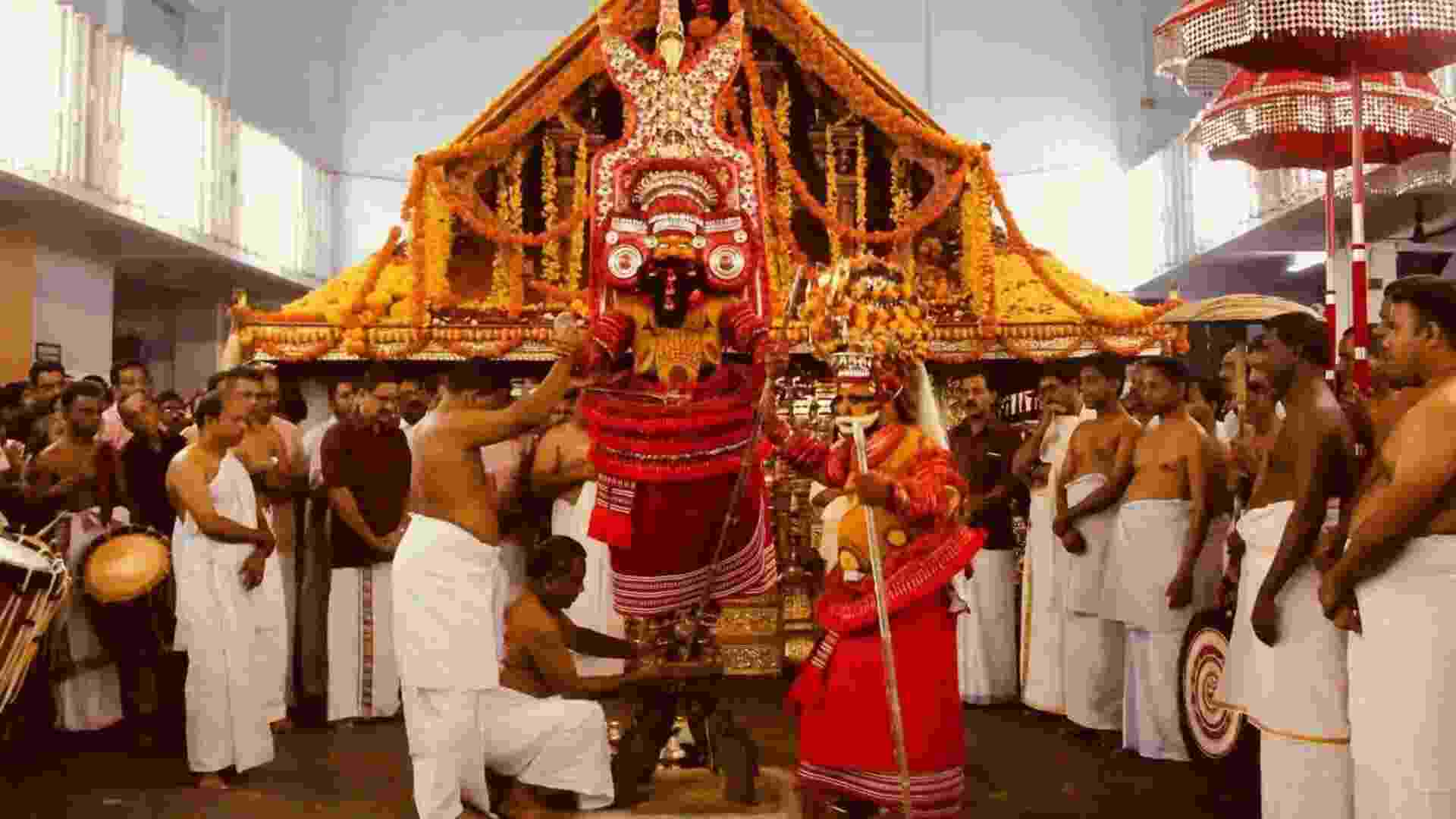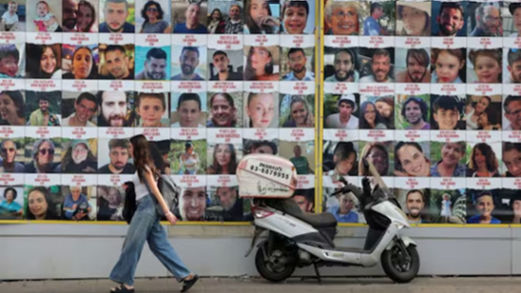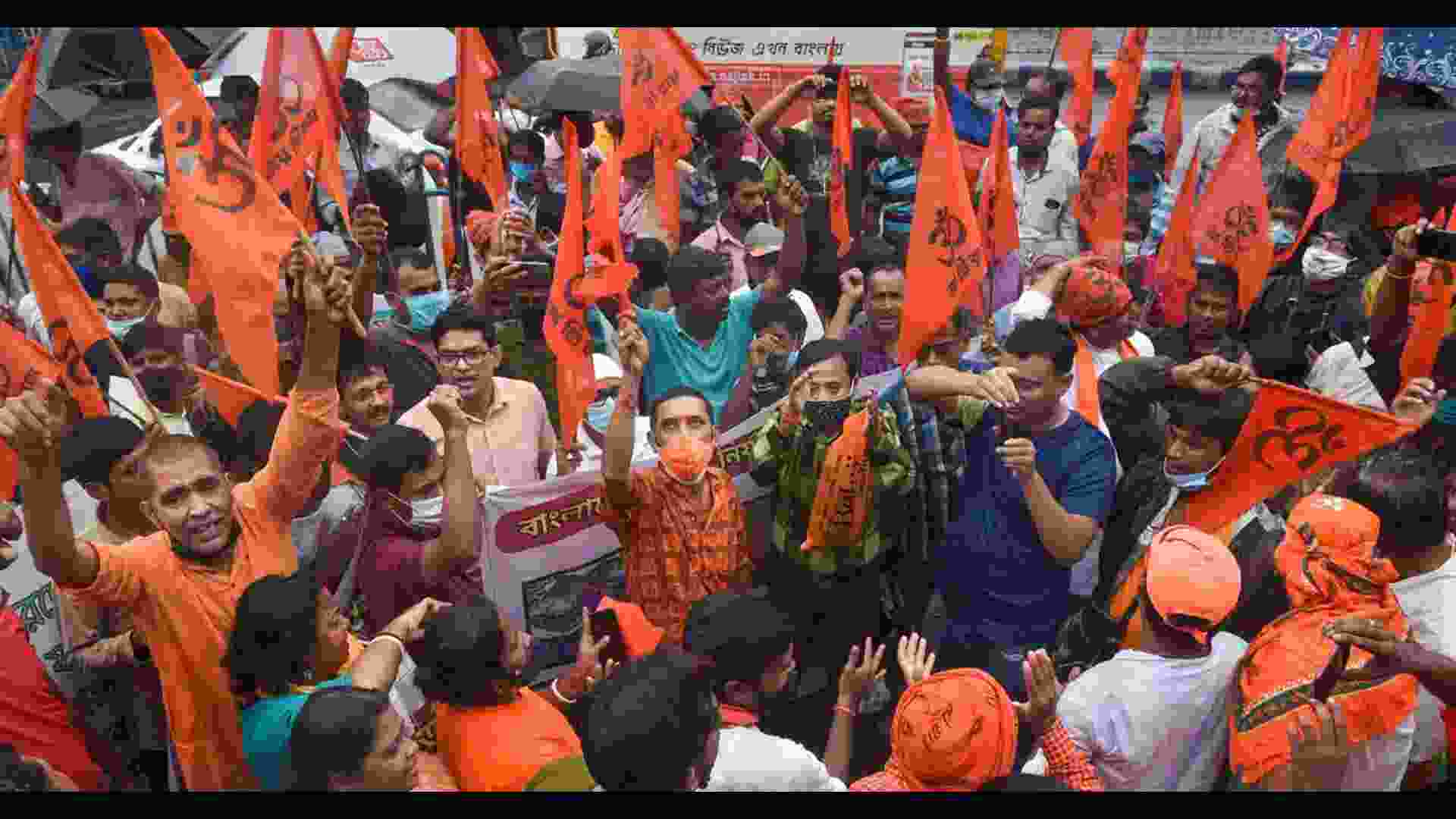Eight years ago, when the Pinarayi Vijayan-led Left Democratic Front (LDF) came to power in Kerala, a cabinet decision to cull “dangerous” dogs sparked global outrage and led to a “Boycott Kerala” campaign among travelers. However, in the LDF’s stronghold in the Malabar region lies a unique temple where dogs are not only protected but worshipped.
Parassini Madappura Sree Muthappan Temple
The Parassini Madappura Sree Muthappan Temple in Kannur district attracts tens of thousands of devotees daily, who come to worship the dogs. Located on the banks of the Valapattanam River, the temple is easily recognized by the two bronze statues of dogs guarding its entrance. Devotees believe that dogs are the favorite animals of the temple’s deity, Sree Muthappan, considered an incarnation of Lord Shiva and Vishnu. After daily prayers, the priest first offers prasadam to a dog.
Historical Significance
The temple’s history is intertwined with the oppressive customs of the past that denied dignity and freedom to lower-caste members in the Malabar region. Sree Muthappan is viewed as a liberator for marginalized communities, who historically shared a close bond with animals, particularly dogs. According to mythology, Sree Muthappan was always accompanied by a dog when he arrived in the Malabar region to combat social evils.
Nirmal Parassini Madappura, a relative of the temple trustee, notes, “Sree Muthappan was always accompanied by a dog. Dogs are considered sacred here and roam free in large numbers inside and in the vicinity of the temple.” The temple estimates about 9,000 visitors on weekdays and 25,000 on weekends.
Feeding the Sacred Dogs
Each morning and evening, the temple holds a nayoottu, a ceremony for feeding the dogs, primarily with dried fish. Madappura explains, “The dogs within the temple premises and around show up for nayoottu. They know when it is time for the feeding.” The temple is also a bustling tourist destination, with luxury buses arriving from as far as Coorg in Karnataka, and numerous shops selling local wares lining the streets.
The Cradle of Communism
The temple’s location in Anthoor village, known as the “cradle of communism” in Kerala, adds another layer to its significance. Madappura mentions, “It was here that prominent Communist leaders like A K Gopalan stayed hiding from the police during the Emergency.”
Among the temple dogs, Sundari, a six-year-old local breed, stands out. “She is a star,” says Madappura, referring to Sundari’s lineage as the daughter of Meenu, the oldest dog at the temple, who is 14 years old.
Protecting Strays
Sushma Prabhu, founder of the PAW Kannur animal shelter, highlights the absence of bite incidents among the temple’s dogs. “People visit the temple to offer prayers in the name of their dogs. If someone’s pet dog is unwell, they will go to the Parassini temple and pray for its well-being,” she explains.
Prabhu, who runs an animal shelter for strays and abandoned animals, notes, “Generally, people are anti-stray in Kerala, but there are also people who love dogs.”
Aditya Ramesan, a visitor at the temple, adds, “I don’t have a pet yet, but I like dogs… Nobody has been hurt by dogs here.”
In July, the Supreme Court ruled against indiscriminate killings of stray dogs, advocating for sterilization and vaccination instead, which highlights a growing shift towards animal rights in the state.
A Unique Connection Through Theyyam
The Parassini temple reflects the deep connections between humans and dogs, interwoven with local beliefs and cultural practices. One notable aspect is Kerala’s famous dance-drama ritual, Theyyam, which draws large audiences.
Santosh U P, a Theyyam researcher, states, “Theyyam performances are therapeutic. The performers wearing colorful masks and costumes are all from lower castes, who were not historically allowed entry into temples before and had to create their own space of worship through the performances.” He adds, “The audience forms an attachment with the Theyyam (performer), their god, to whom they tell their worries and needs. The performer also talks about dogs sometimes. Some stray dogs will also be in the vicinity of the performance.”
In this sacred space, dogs are not just animals but integral to the temple’s rituals and the community’s spiritual fabric.







